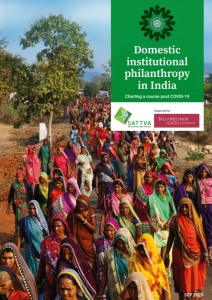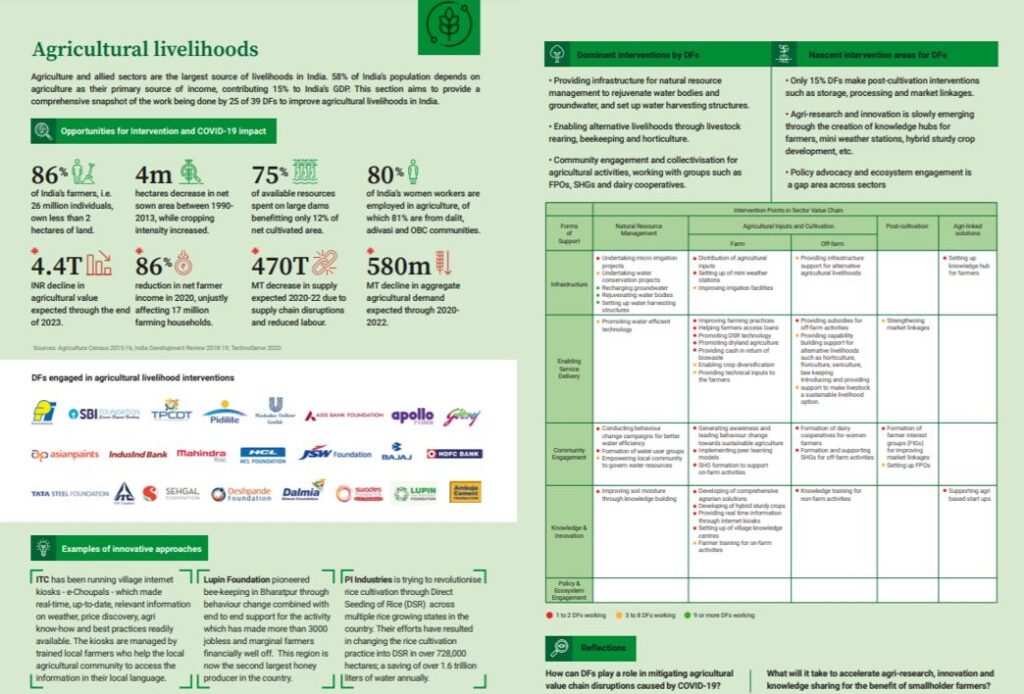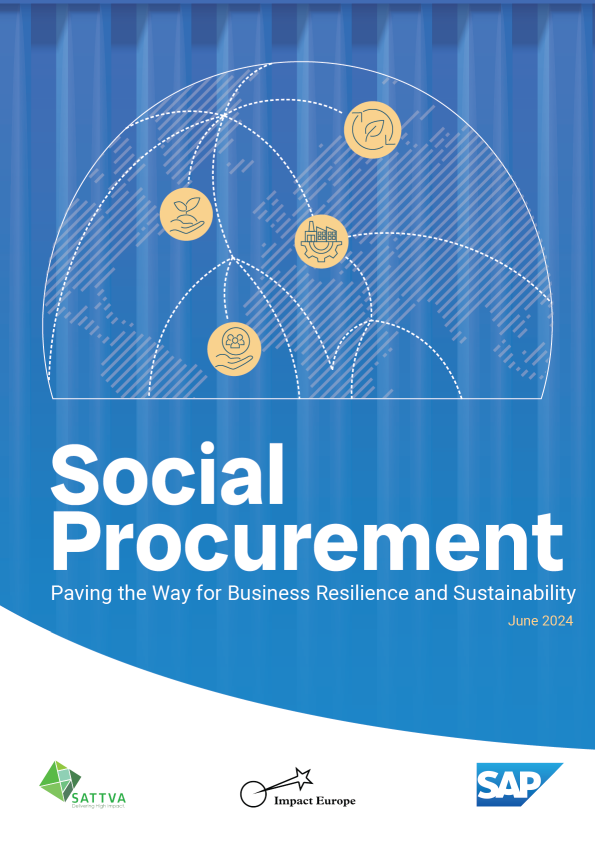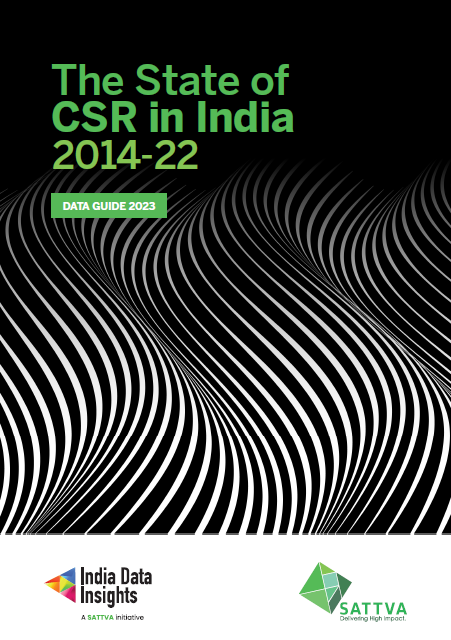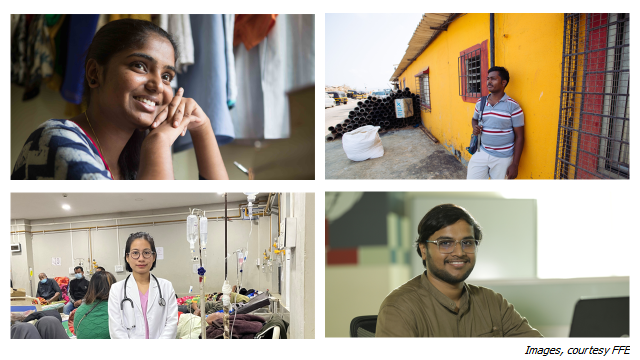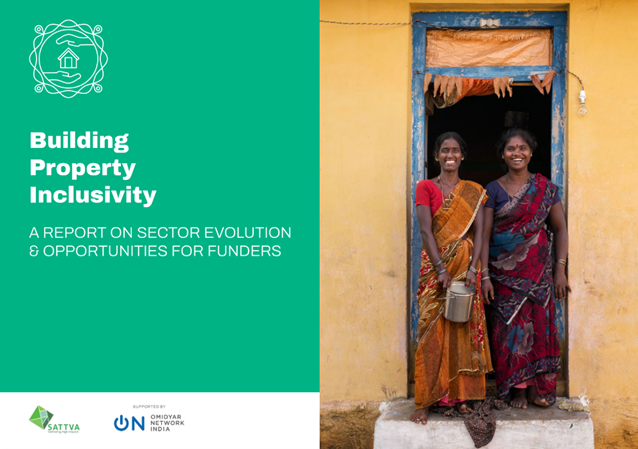Domestic Institutional Philanthropy in India – Charting a Course Post COVID-19
Background
Domestic institutional philanthropy from CSRs, corporate foundations and family foundations has grown to play a critical role in India’s journey towards sustainable and equitable development. Apart from overall growth in domestic institutional funding by volume, proportion and a total number of organisations, domestic philanthropic institutions have developed valuable non-financial assets such as infrastructure, community networks, implementation engines, market linkages and R&D capabilities which they leverage for the development sector. There are increasing examples of successful pilots adopted for scale by government institutions, and a shift towards needs-based, outcomes-driven approaches. Yet, there is limited knowledge sharing and qualitative research on evolutions and trends within this landscape.
Between August 2019 and March 2020, Sattva, supported by the Bill & Melinda Gates Foundation, conducted a study to address this research gap. Through interviews with over 70 organisation and programme leaders from 46 domestic philanthropic institutions (‘domestic foundations’, or ‘DFs’), the study takes a deep-dive into evolutions and patterns in strategies, programmes and collaborations in four chosen sectors: Agricultural Livelihoods, Women’s Empowerment and Digital Financial Inclusion, Water and Sanitation and Health Systems and Delivery. Insights shared by study participants provide a set of best practices, lessons learned and common challenges, which serve as useful benchmarks for others. The study also details the variety and concentration of initiatives by sector to help identify areas of potential synergy, and areas of need in a post-COVID world.
Key Findings
1. 67% of INR 18.6k Cr in CSR funds went to education, livelihoods, healthcare, nutrition, safe water and sanitation in FY19. ~52% of FY21 spending committed to COVID-19 response, including ~84% CPSE funds committed to PM CARES.
2. CSR spending skewed towards urban and commercial hubs. Spending in aspirational districts increased 6x from FY17 to FY19, but it was still only ~ 2% of the state-specific funding in FY19.
3. 90% of participating DFs announced COVID-19 relief interventions addressing urgent healthcare and livelihood needs with 89% of funds spent on community relief, and 8% for scaling testing, access to medical supplies and equipment.As the pandemic evolves, there is a need to shift focus from immediate relief to long-term resilience and rebuilding.
4. Along a DF’s evolution journey, it develops organisational ‘anchors’ – commitment to a social cause, community group, geography or business value – which drive the role it plays in the ecosystem and how the DF collaborates with other stakeholders.
5. There is a noticeable trend of corporates establishing separate vehicles for specific aspects of their philanthropy, with 18% of the top 100 CSR spenders establishing corporate foundations.
6. There are emerging trends of DFs prioritising development needs in remote and underserved areas, government partnerships to scale successful pilots, and leveraging business assets for philanthropy.
7. M&E has moved beyond a compliance requirement, with ~70% DFs investing resources to set up internal, outcomes-focused concurrent M&E systems that feedback into programme design.
8. Over 80% of DFs have focused on behaviour change communication (BCC) and community/local government ownership throughout implementation. Deep-rooted community ties position DFs well to drive COVID-linked programmes.
9. DFs take two broad approaches to scale the breadth and depth of their impact:
a. Ensure successful initiatives reach more people
b. Expand priorities and forms of support
10. DFs prioritise the following aspects while designing a partnership, with collaborations more relevant than ever:
a. Alignment on objectives and values
b. Complementary assets
c. Credibility and performance
Programme Trends per Sector
1. Agricultural livelihoods: Many DFs work on natural resource management with a view to enhance farmer income security, but post-cultivation and agri-research initiatives are nascent.
2. Water and Sanitation: Many DFs focus on building infrastructure such as toilets, water harvesting structures and waste treatment plants, but there is a need for more BCC interventions and focus on faecal sludge management.
3. Women’s Empowerment and Digital Financial Inclusion: Many DFs focus on economic empowerment by leveraging large networks of SHGs, but there is a need for aligning the ecosystem on holistic women’s empowerment outcomes.
4. Health Systems and Delivery: Many DFs work on primary healthcare capacity building and infrastructure support, but there is a need for more emphasis on holistic public health systems strengthening.
Report Launch and Panel Discussion
The launch event was streamed live on YouTube and can be accessed here.
Keynote speakers:
– Mr. Hari Menon, Country Director – India & Lead, South & South-East Asia, Bill & Melinda Gates Foundation
– Mrs. Rajashree Birla, Chairperson, Aditya Birla Centre for Community Initiatives and Rural Development
– Mr. Rakesh Ranjan, Advisor, NITI Aayog
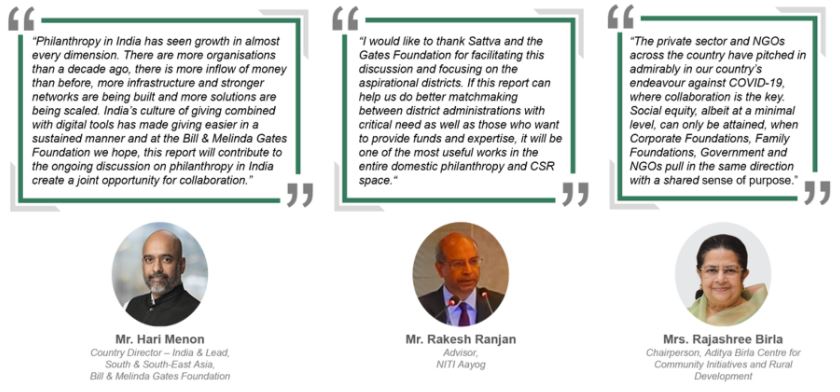
Panel discussions
Panel 1 – Collaborating to maximise CSR and domestic foundations’ impact post-COVID
Moderator: Aarti Mohan (Sattva Consulting)
Panellists:
– Pearl Tiwari (Ambuja Cement Foundation)
– Pratyush Panda (ACC TRUST)
– Ratna Mehta (Wadhwani Foundation)
– Srinivas Shroff (REC Foundation)
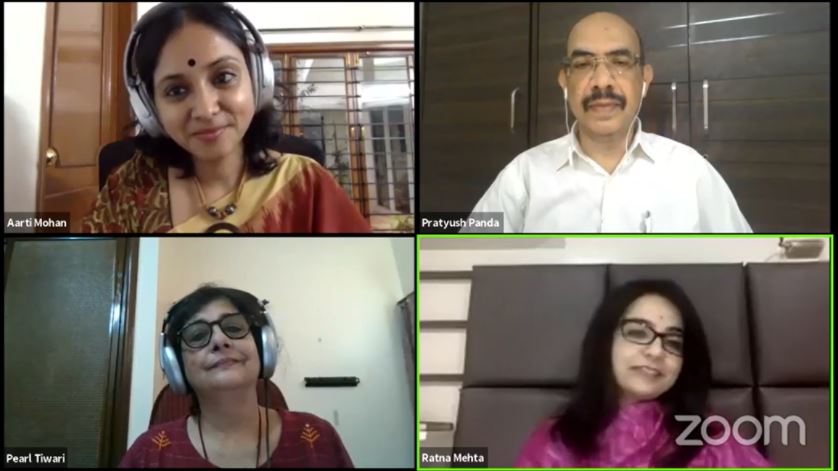
Key takeaways:
– Honest reviews of what is working/not-working are key in building trust with partners
– The ability to report on various parameters and needs of different partners is key for partnering with grantmaking foundations
– It is important to start small, low-touch partnerships and eventually grow them. Even when you have large funds, it is important to demonstrate before going all in
– One has to be flexible to move out of their geographies, be more open to what others want to build a partnership
– The ability to manoeuvre in projects, to be the ability to dissociate or pivot is critical
– Identifying complementary assets is key. Promoting structured matchmaking will be a useful tool
– Social enterprises have helped foundations bring in efficiency and innovative approaches
– Collaboration requires equal treatment and mutual respect for all partners/stakeholders involved
Panel 2 – Leveraging CSR and foundations’ assets for transformative action in aspirational districts
Moderator: Srikrishna Sridhar Murthy (Sattva Consulting)
Panellists:
– Kiran DM (ONGC Foundation)
– Rema Mohan (NSE Foundation)
– Sourav Roy (Tata Steel Foundation)
– Anirban Ghose (Transform Rural India Foundation)
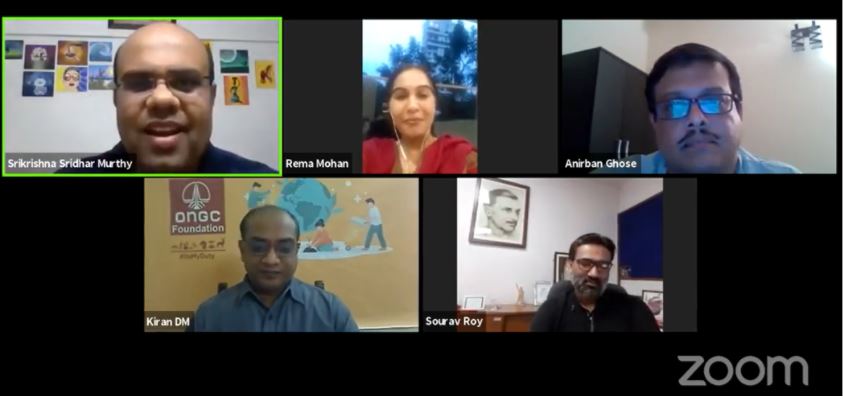
Key takeaways:
– Important to be connected to ground realities especially in light of COVID disruptions.
– Important to build capacity of NGOs especially when CPSE compliance systems and district authorities are involved
– Important to focus on capacity building to improve communication and ownership in communities given the lack of eligible resources within the community.
– Making sure there is an organic understanding between the organisation and the tribal/indigenous community ensures the engagement is by choice and convenience of community – communities be given the opportunity to take some of the hard decisions, particularly critical for sustained impact
– Critical to understand how to use data in programmes – in remote communities, data can only partially define the solution
– Alignment of corporate leadership with developmental programmes through immersive programmes fosters business synergies
– Invest in long term programmes with a horizon of 5-10 years
– An exchange/interface with consulting organisations accrediting projects and NGOs, managing the programme objectives and progress will be valuable in aspirational districts
– CSR funders need to step out of Maharashtra and focus on rural geographies
– Funds available are limited and therefore serious collaboration is key
The full report is available below.
A report infographic capturing the key findings of the report can be accessed below.
————————————-
This is an attempt to bring out qualitative learnings from the evolving landscape of domestic institutional philanthropy in India. We deeply appreciate your feedback, comments, and suggestions. Write in to research.advisory@sattva.co.in
